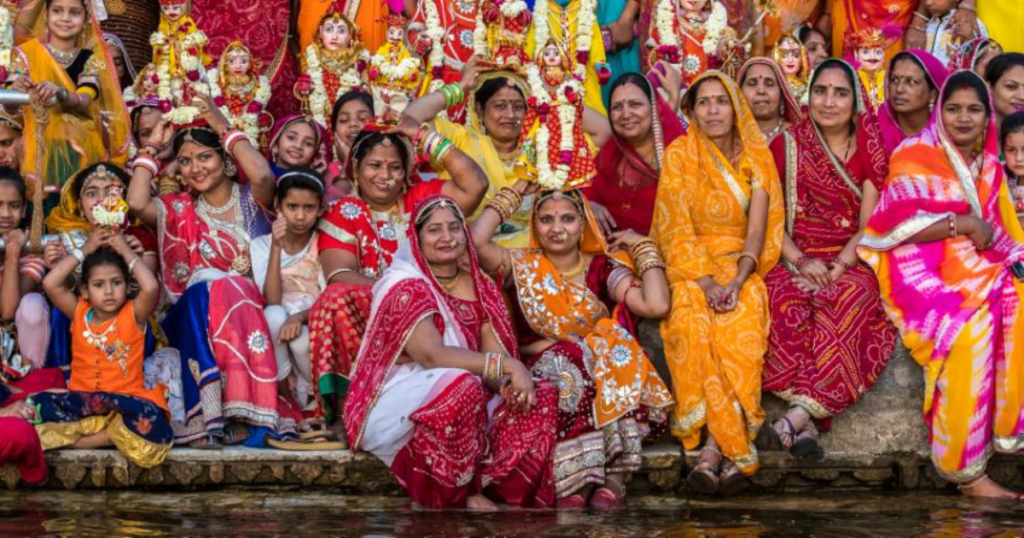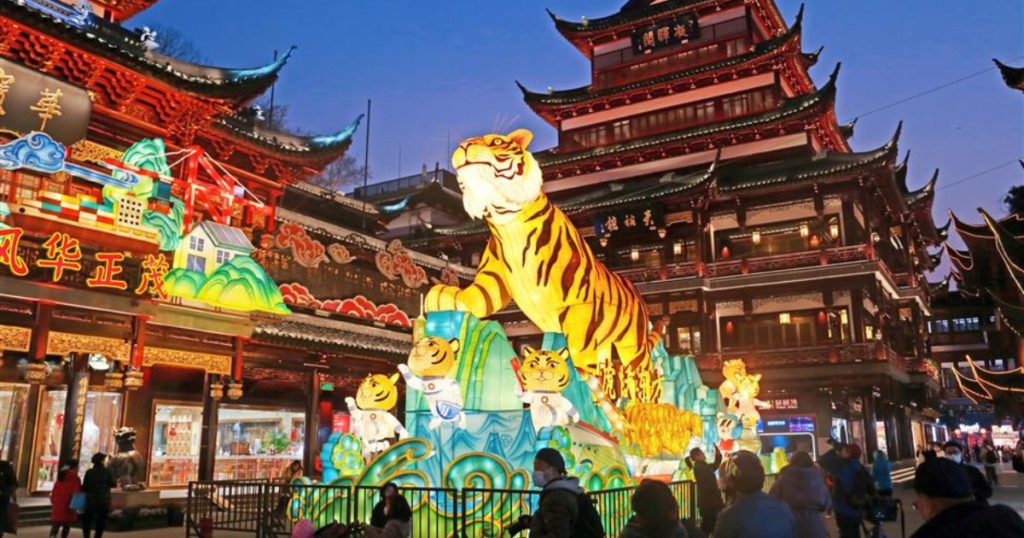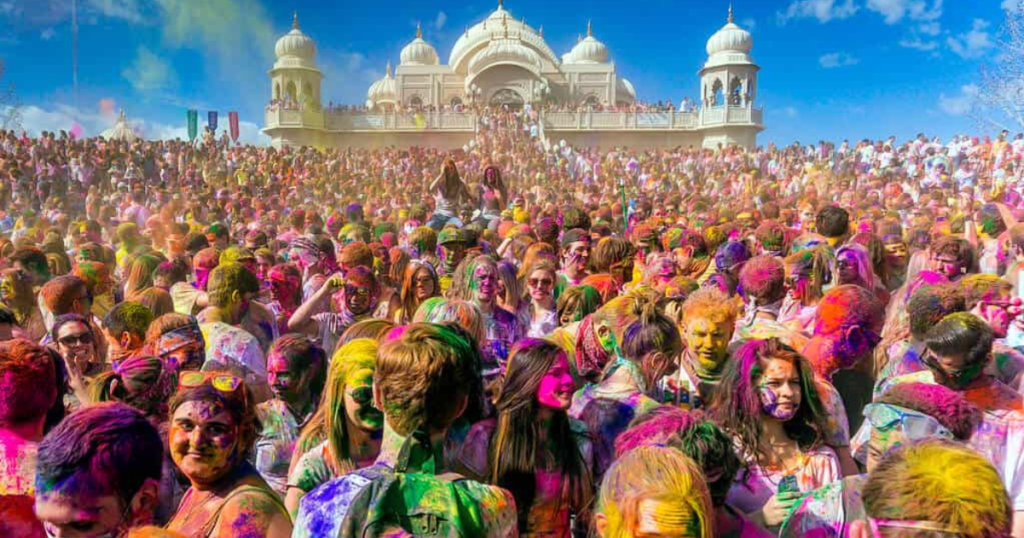Cultural festivals are very lively manifestations of a community’s character, past, and beliefs. They gather people from different cultures together to celebrate their traditions and customs. This article examines the popular cultural festivals in the world, looking at how these festivities comment on a full panorama of human experience.
What are the most famous cultural festivals around the world?
Overview of Cultural Festivals
Cultural festivals are among the most important ingredients that are included in the life of societies across the world, giving fantastic insight into the customs, rituals, and expressions of various cultures-they are always planned to appreciate the great historical milestones, changes in seasons, or represent cultural or religious beliefs, Most, however, intend to unite people in the joyous celebration of life events in a long festivity of exuberance. From the carnival in Rio, the most colourful in the world, to the peaceful, serene landscape of the Lantern Festival in Asia, such cultural festivals in different parts of the world are a true representation of human heritage and folk culture. Each festival depicts the values and belief systems of the respective people who celebrate it and gives us a glimpse into the lifestyle of such people.
Festivals Celebrating Diversity
Lots of the festivals highlight the significance of diversity in culture, advocating for the knowledge of and appreciation for different cultures. They are opportunities for celebration and also for education and exchange. The Holi festival celebrated by Hindus marks the advent of spring and the victory of good over evil, among others; in its feeling, it would attract colors, happy music, and dances, hence many participants of different backgrounds would take part in the exuberance. Oktoberfest in Germany, too, is notable for the celebration of beer, food, and the Bavarian way of life, leaving many people from around the world to take part in this cultural celebration.
Highlighting Unique Traditions
Every festival is indeed a beautiful melting pot of unique traditions, some of which are centuries old and were handed down from one generation to another. The Day of the Dead, a festival in Mexican culture, pays homage to a dead loved one in spirit, synthesizing indigenous beliefs with Catholicism. Vivid, colorful altars, traditional foods, and marigold flowers make this occasion lively, celebrating life and death. Each festival conveys a different approach to cultural heritage, which allows the participants to relate with history and customs in some really personal way. Being part of such a celebration, while at the same time creating memories and bonds, nurtures community and the identity of the people participating in it.

How is Holi celebrated across different cultures?
The Significance of Holi Festival
The ancient Hindu festival of Holi signifies the arrival of spring and evokes the victory of good over evil. Attached to it are great religious values grounded mainly on the exploits of Krishna, the god, who has carried out all sorts of adventures with Radha. Holi is representative of the joy of love and forgiveness and celebrates agriculture and the hope for a good harvest. The Holi festival, besides being one of the great religious symbols, has, however, assumed the stature of a universal event, opening its doors wide to cultures worldwide, bringing the spirit of togetherness and joy.
Colorful Customs and Rituals
The main attraction of Holi is the smearing of colored powders also known as “gulal,” which symbolize the various shades of spring and blooming love. People join in streets, open spaces, and inside houses, dancing to the beats of music, sharing sweets and eating traditional food. These rituals not only welcome spring but foster a sense of togetherness as people unite with their neighbors and friends to celebrate the festival.
Holi Celebrations Around the Globe
The Holi celebrations take place around the globe, with festivals in a variety of countries. In the USA, the UK and Canada, for instance, the festival gathers people of various backgrounds, showing how Holi has crossed cultural barriers. These occasions often feature music and dance performances, with educational workshops for the novice about the meaning of Holi and its traditions. The international acceptance of Holi corresponds to the festival’s aim of bringing together several communities through an appreciation for one another’s cultures.
What makes Oktoberfest a unique cultural festival?
History and Origins of Oktoberfest
The Oktoberfest is an annual festival held in Munich, Germany, with a history starting from 1810. This festival that arose from the royal wedding celebration is now among the largest and, of course, most famous beer festivals in the world. Oktoberfest is deeply rooted in Bavarian culture; through the years, beer has been mixed with most traditional foods, music, and entertainment. This festival bears testament to cultural traditions that would appeal to multitudes, bringing people together from all rungs of life.
Festivities and Traditional Customs
Visitors to Oktoberfest are treated to some delicious culinary beauties, with traditional Bavarian dishes like pretzels, sausages, and roast chicken. Large beer tents characterize the festival, and the participants wear the colorful costumes common in Bavarian culture. Traditional music and dance performances add life to the whole ambience, inviting participants to join in the revelries. One can almost feel the community spirit, as people from various cultures converge together for the sake of celebration, sharing stories in the course of the festivities.

Oktoberfest in Modern Times
In modernity, Oktoberfest has become global in reach, with other replica festivals emerging across different continents. Although, still significantly reflective of the culture, festivals across the world have tried above everything else to imitate the unique experience and feel of the original event, emphasizing both the importance of tradition and the infusion of modern influence. This combination of the two assures that this particular festival remains a source of vibrant, reinforced relevance even in today’s multicultural society.
How do different cultures celebrate Diwali?
Understanding the Festival of Lights
Diwali is the Festival of Lights and is also one of the most important festivals for Hindus, Jains, Sikhs, and Buddhists all over the world. The festival symbolizes light over darkness and good over evil. The festival is deeply embedded in cultural traditions, and each region offers its own interpretations, very much dependent on the diversity of communities that celebrate it. Traditionally, the observance of Diwali has been the lighting of oil lamps called diyas, which make the towns and cities glow in a dazzling display of hope and joy.
Rituals and Traditions of Diwali
Different cultures practice different aspects of Diwali, but common ones include cleaning and decorating homes, preparing festive meals, and exchanging gifts. Families gather to perform puja, or prayer rituals, to honor such deities as Lakshmi, the goddess of wealth. The night sky is illuminated by fireworks and sparklers; it all enhances the festive spirit. These traditions are central to the Diwali celebrations since they strengthen family ties and build cultural identity, creating a common experience to bind generations together.
Diwali Celebrations in Various Countries
Diwali is no longer confined to one specific region; people in India, Nepal, Sri Lanka, and even the Indian diaspora, mainly in the US, Canada, and the UK, organize significant celebrations as one huge festival. Each region adds a variety of local customs and traditions to the festival. The global character of Diwali is representative of the dynamic nature of cultural traditions that keep the communities ratifying this great festival worldwide with passion and awe.
What are the key features of the Mardi Gras celebration?
Origins and Historical Background
Basically, Carnival, more popularly known as Mardi Gras, was created in medieval Europe, especially in France. It marks the final day of the Carnival season-a feast before Lent. Mardi Gras is really of historical importance in its connection to the seasons and farm practices; it can be said that the community gathers to feast and celebrate before the season of fasting. The festival that is now made with lots of parades and parties comes out prominently in New Orleans.
Colorful Costumes and Parades
Mardi Gras is well-known for its colorful costumes. In the celebration of Mardi Gras, revelers in details, dons elaborately decorated outfits with feathers, beads, and sequins, brimming with great joy and festivity. They annual parades consist of floats, music, and dancing, bringing together people from all walks of life. Such gatherings express creativity and pride in the community’s cultural heritage in this festival of art and performance.
Mardi Gras Traditions Passed Down Through Generations
The traditions behind Mardi Gras are passed down from generation to generation, weaving a magnificent cultural tapestry. King Cake, the most iconic dessert served at the celebration, the music resonating between people while in the street, all contribute towards the continuity within Mardi Gras and the community, with family and friends coming together to share the thrill and strengthen ties between each other and create memories. Entering into the ever-changing world, this festival is becoming more and more a celebration dear to the cultural heritage of the people who see it coming.
How does the Day of the Dead honor cultural heritage?
Meaning and Significance of Día de Muertos
The Day of the Dead, or Día de Muertos, is an emotionally charged celebration of dead loved ones, combining Native American beliefs with the Catholic tradition. The festivities remind us of the cyclical nature of life and death and that death is not the end but the continuation of life. This cultural legacy is from the belief that during this time, the spirits of the dead return to the world of the living, and families can be together to celebrate their lives.
Customs and Practices in Celebrating Life
Day of the Dead traditions vary from culture to culture, but they include common practices such as altars, or “ofrendas,” a place decorated with photographs, mementos, and the favorite food of the deceased. Family and friends gather to tell stories, share memories, and express their feelings in prayers and reminiscing over their loved ones. The colorful decorations, such as sugar skulls and marigold flowers, symbolize joyfulness of life and an acceptance of death as a facet of the human condition. These types of practices tend to build ties between families and cultural identities, while at the same time, they somehow create kinds of relationship building among the interactions.

Day of the Dead Festivals Across Different Cultures
Besides Mexico, The Day of the Dead is celebrated in several Latin American nations, in addition to communities throughout the world. This is where each culture adjoins its own specific interpretation and contributes to a colorful celebration of honoring the dead. In Guatemala, for example, the time is marked by the flying of kites, which symbolize the connection between the living and the dead. This unique way of celebrating the Day of the Dead reveals the cultural heritage of the festival: people meet to remember and celebrate the deceased, adding cultural richness to their very different backgrounds.
FAQs
Q: What is the significance of cultural festivals around the world?
A: Cultural festivals play an important role in celebrating and preserving the culture and traditions of diverse cultures. They provide an opportunity for social cohesion and allow people of all ages to come together and enjoy various cultural events.
Q: Can you explain what a carnival entails?
A: A carnival is a festive season that typically involves parades, music, dancing, and vibrant costumes. It celebrates the culture and traditions of a community, often attracting tourists from around the world who wish to experience the lively atmosphere.
Q: What are some unique features of the lantern festival?
A: The lantern festival is known for its beautiful displays of lanterns, which symbolize the letting go of the past and welcoming new beginnings. This festival is celebrated in various parts of the world and often includes traditional foods, performances, and family gatherings.
Q: How does the Obon festival reflect Buddhist traditions?
A: The Obon festival is a Buddhist tradition that honors the spirits of ancestors. It involves rituals such as lighting lanterns to guide the spirits home and often features dances and gatherings that emphasize respect for heritage and identity.
Q: What makes the Rio de Janeiro carnival famous?
A: The Rio de Janeiro carnival is famous for its extravagant parades, samba music, and colorful costumes. It showcases the rich culture and traditions of Brazil, drawing tourists from around the world to experience one of the largest and most vibrant festivals in the world.
Q: How do festivals like the summer solstice contribute to cultural heritage?
A: Festivals like the summer solstice celebrate ancient traditions and customs, often involving rituals that have been passed down from one generation to another. They connect people to their cultural roots and foster a sense of community among participants.
Q: In what ways do festivals promote social and cultural exchange?
A: Festivals promote social and cultural exchange by bringing together diverse cultures and allowing individuals to share their unique traditions. This interaction not only enriches the attendees’ experiences but also fosters understanding and appreciation for different cultures and traditions.
Q: What can tourists expect when attending famous festivals around the world?
A: Tourists attending famous festivals can expect a vibrant atmosphere filled with local customs, food, music, and art. These events often highlight the culture and traditions of the host community, providing a unique opportunity to engage with local people and their heritage.
Q: How do cultural festivals impact local economies?
A: Cultural festivals can significantly impact local economies by attracting tourists, which boosts spending in areas such as hotels, restaurants, and shops. This influx of visitors not only supports local businesses but also promotes the preservation of cultural traditions through increased awareness and interest.